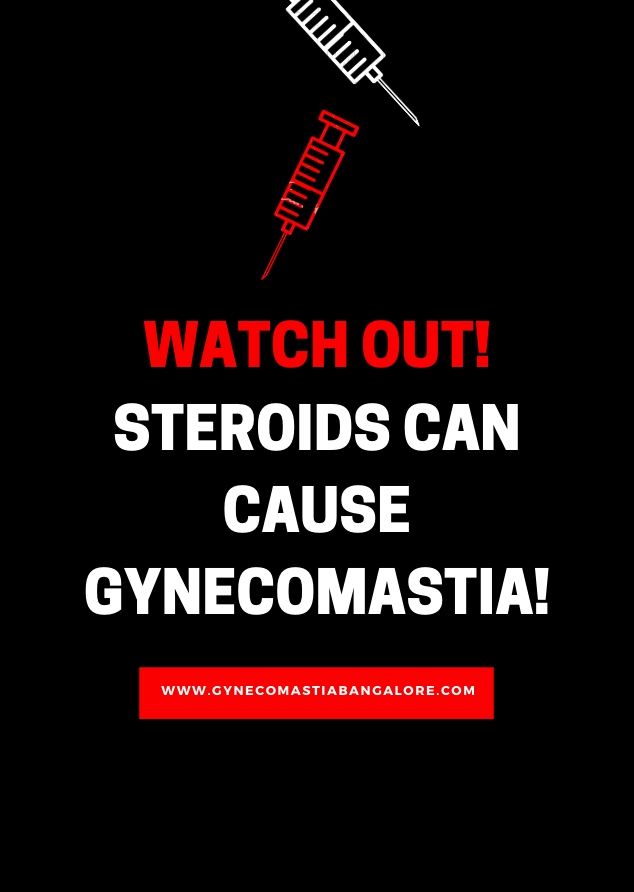Gynecomastia is a very common entity, especially in Indians. This is usually noticed by the individual himself before he visits a doctor. Sometimes it may be found incidentally on a clinical examination by a doctor performed for other health problems.
In most cases, gynecomastia is asymptomatic and painless and hence the individuals do not immediately seek medical attention. In these cases, patients are referred to the specialist long after the onset of signs and symptoms. Instead, in cases with a recent onset of symptoms, which may be pain or discomfort, medical attention is sought in the short term. The duration of gynecomastia at the time of seeking medical attention is highly variable, ranging from 1 month to 40 years. (Reference)
Now coming to the causes of gynecomastia; as has been widely researched, idiopathic gynecomastia was the most common finding ( around 40-90% of cases). Only in a minority is there a definite cause and identified.
Among the causes identified, one of the most prevalent is the use of anabolic steroids. The rate of occurrence of the various causes is related to the age of the population: use of anabolic steroids in younger patients and the use of pharmaceutical drugs and hypogonadism in older ones. (Reference)

A study conducted in the Netherlands revealed that 96% reported at least one side effect attributed to the use of Steroids. Particularly common were acne, decreased libido, testicular atrophy and gynecomastia. A general distinction could be made between side effects that occur during a cycle, i.e.
gynaecomastia, fluid retention, and aggressiveness, and those occurring after a cycle, i.e. erectile dysfunction and decreased libido. (Reference)
A very systematic Canadian study about the effect of steroids on gynecomastia was published in the Annals of Plastic Surgery. It was observed that Anabolic-androgenic steroids (AAS) are widely implicated in gynecomastia development and surgery is the definitive treatment for cases persisting after cessation of AAS use.
In the study, a total of 964 cases were reviewed. Eleven percent (n = 105) of the patients had a history of AAS use. Compared with non-AAS users, AAS users were older at time of gynecomastia onset (15 years vs 13 years, P < 0.001) and surgery (28 years vs 25 years, P < 0.001). The AAS users had higher body mass index (27.3 kg/m2 vs 25.7 kg/m2, P < 0.001) and a greater proportion of patients self-identified as bodybuilders (40.0% vs 22.4%, P = 0.002). Although no difference was found in the excised bilateral mastectomy volume (92.1 cm3 vs 76.4 cm3, P = 0.20), the AAS users had significantly less lipoaspirate fat volume (250 mL vs 300 mL, P = 0.005). No difference was found in total complication rates. However, AAS users had significantly more revision mastectomy surgeries (3.8% vs 1.1%; P =0.02).
The conclusion of this study was that the unique breast composition of AAS users necessitates a surgical approach with meticulous intraoperative hemostasis and careful glandular excision to minimize recurrence and achieve comparable low complication rates. (Read the article here)
Such cases of gynecomastia following drug use are increasing everywhere in India including Bangalore. This is partly due to overzealous training for bodybuilding by self-proclaimed fitness specialists. However, the treatment remains lipo–excision like for any other scenario of gynecomastia.

 WhatsApp us
WhatsApp us